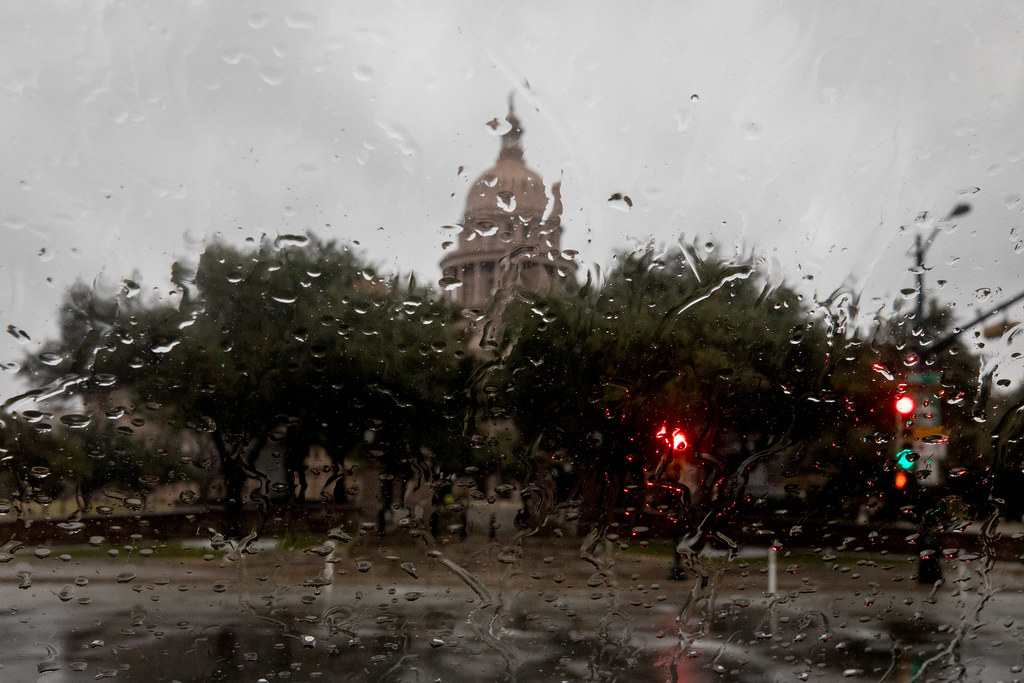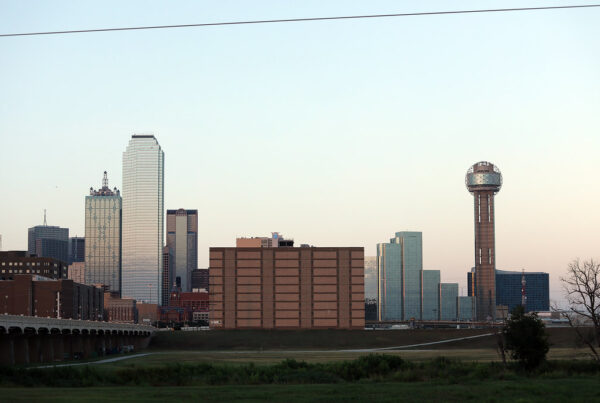This year has brought some record cold temperatures and lots of rain across Texas. But last year saw extreme heat and little rainfall, which led to drought conditions across much of the state.
For those worried about water levels, the rainy start to 2024 has been a relief. And conditions have improved, but Texas is not out of the woods yet, according to the U.S. Drought Monitor.
“Extreme drought” and “severe drought” conditions persist in several counties in East Texas, much of far West Texas near the border with New Mexico, and the Hill Country.
Liz Teitz, who covers the Hill Country for the San Antonio Express-News, said part of the problem is where the rain over the last month has fallen.
“The rain has largely concentrated along the I-35 corridor and east, which is having some positive impacts. We’re seeing levels in the Edwards Aquifer increase,” she said. “But unfortunately, a lot of the water sources for our region rely on recharge to the north and west of the I-35 corridor. And we have not seen as much rain in those areas. And that’s really where we need to see some substantial rain to get some major relief from the drought.”
The persistence of the drought is making people ask tough questions about water usage, Teitz said.
“Folks are starting to ask some major questions about water supply and water resources and how we’re using water. Over the last summer, which was so hot and dry, a lot of cities and utilities were in different stages of restrictions limiting how people could use water outside for irrigation, things like that,” she said. “I think those conversations are still ongoing, and I would expect them to continue as we head towards summer again.”
» GET MORE NEWS FROM AROUND THE STATE: Sign up for Texas Standard’s weekly newsletters
According to experts, it would take more rain than is likely to fall in the coming months to escape the drought. That said, conditions may very well continue to improve – and Central Texas usually sees rainier months in May and June, as well as in September and October.
“We really need to see some substantial rain in the Edwards Aquifer recharge zone, which kind of runs from Edwards County through Bandera and Medina counties, up into Hays and Comal counties,” Teitz said. “That will help get streams flowing, rivers flowing, and start getting that aquifer recharge going. And one expert I talked to was looking at a tool from the National Oceanic and Atmospheric Administration that is predicting it would take about eight inches of rain to end drought conditions over the next month – and nearly two feet over the next six months.”
And all these calculations about drought are happening as the Central Texas area continues to see a population boom, Teitz said.
“Experts are talking about how much drought and climate is a factor and how much of that growth and increased demand is affecting water supplies. The Edwards Aquifer, for example, the amount of water that can be pumped out of it is capped. So that isn’t increasing,” she said. “But in a wet year, where there’s a lot of rain, people aren’t necessarily pulling as much out of the aquifer; in a dry year, they are. You do see more demand from growth.
“And I would think that’s the same for all of these utilities along the I-35 area that are just seeing more demand, more developments building, more faucets turning on, more straws going into those water sources – at the exact time when those water sources are already under pressure from the drought conditions.”













